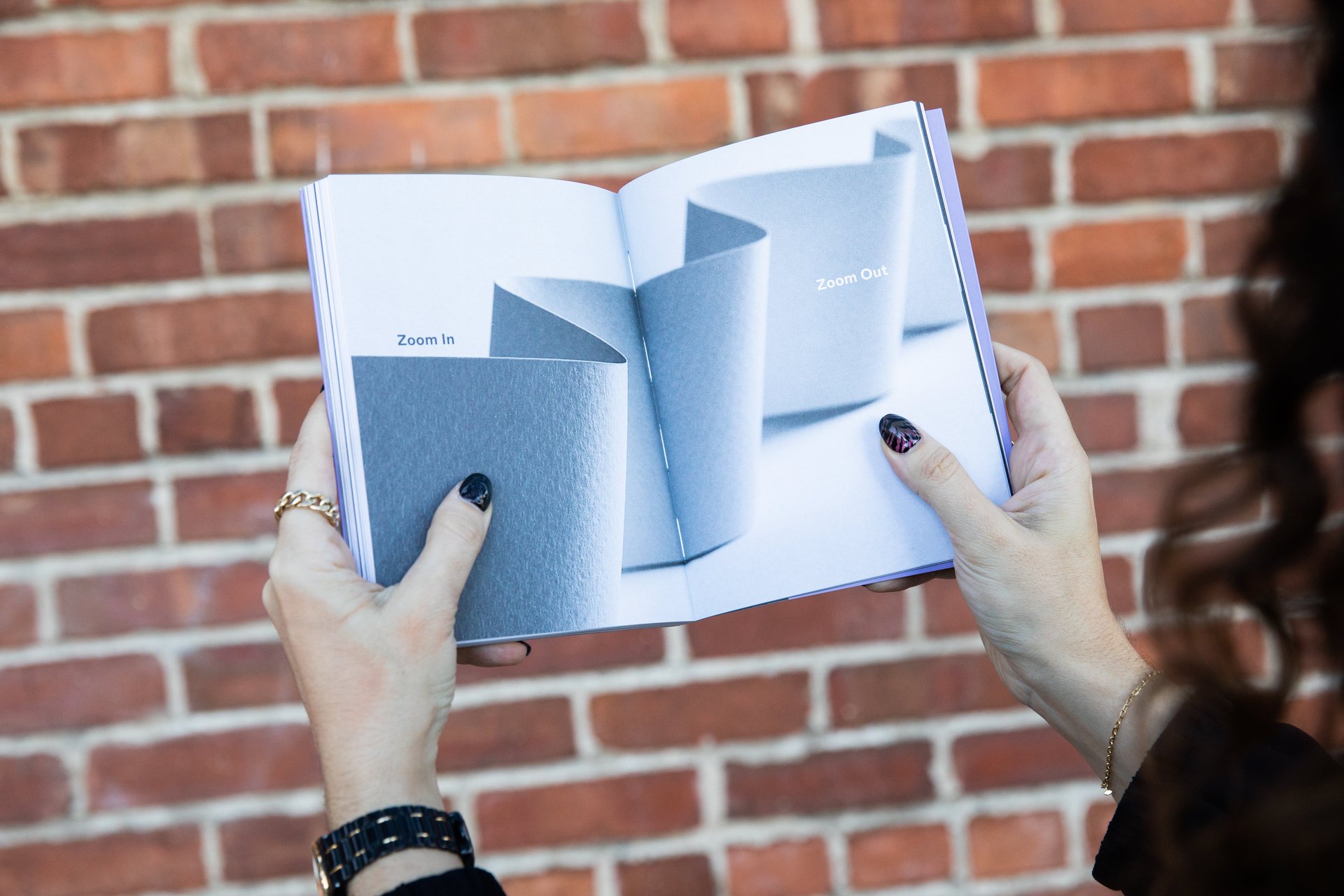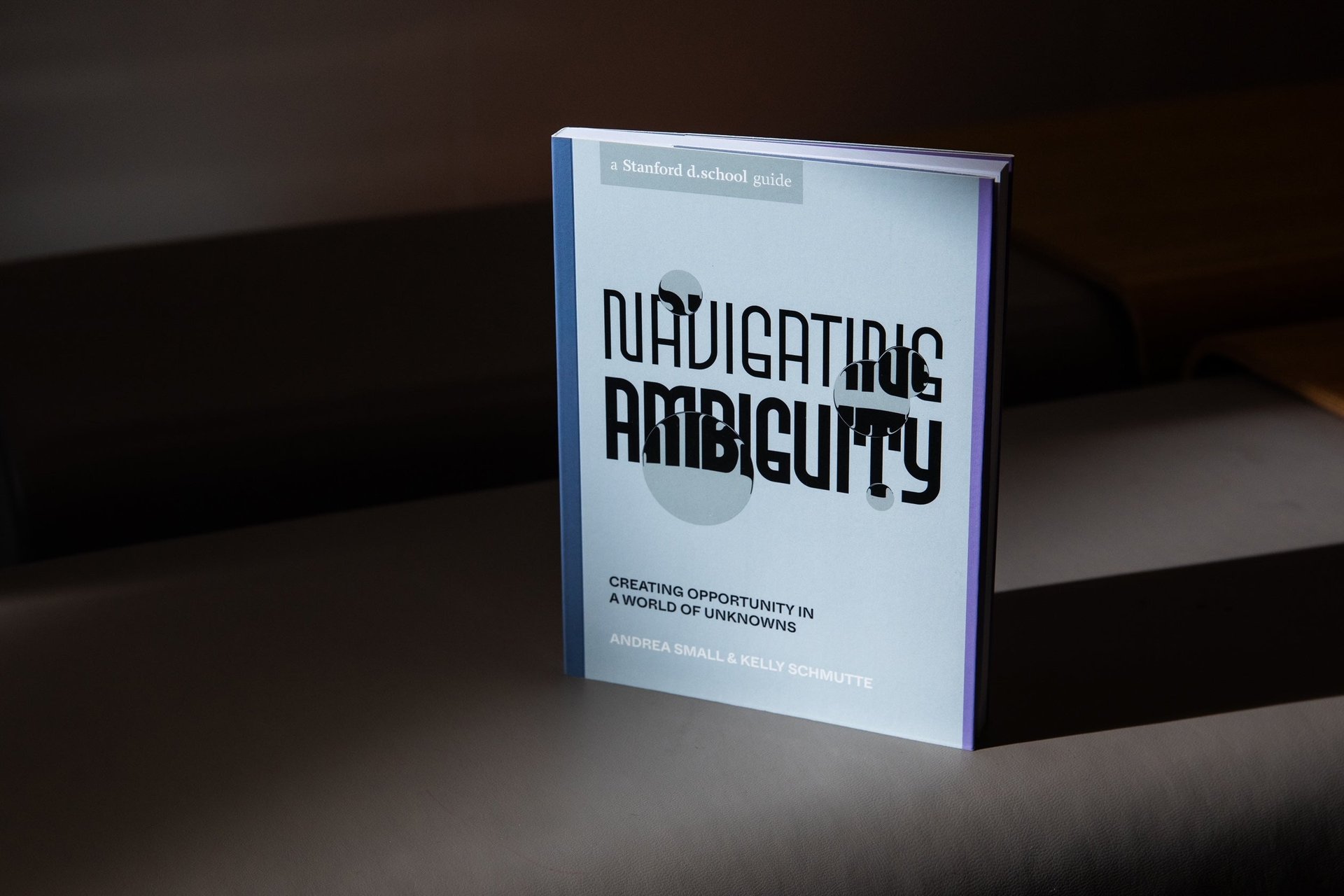To be more creative, embrace ambiguity
Evolutionarily, the brain dislikes uncertainty, regarding it as a type of pain. The brain therefore tries to avoid uncertainty, and in its place creates story upon story to explain it away. The brain is so powerful it causes people to vividly imagine a way to closure.


Evolutionarily, the brain dislikes uncertainty, regarding it as a type of pain. The brain therefore tries to avoid uncertainty, and in its place creates story upon story to explain it away. The brain is so powerful it causes people to vividly imagine a way to closure.
But Dr. Robert Burton, former chief of neurology at the University of California at San Francisco-Mt. Zion Hospital says, “Only in the absence of certainty can we have open-mindedness, mental flexibility, and willingness to contemplate alternative ideas.”
The quest for certainty is a survival instinct
Imagine it is 11,650 years ago. It’s the end of the Ice Age, and the Earth is warming up. You’re an early human, and you’re approaching a dark cave: There might be a saber-tooth cat in there, or it might serve as a cool shelter.
Your brain prioritizes the negative outcome (eaten by a saber-tooth cat) because your life’s on the line. “Our brains and bodies evolved to not die—evolution works from failure, not from success,” says professor of neuroscience and author Dr. Beau Lotto. Our species would be long gone if we hadn’t developed this little brain trick. But even though we’ve outlived the saber-tooth cats, a sense of uncertainty still generates a threat response in our limbic system.
This natural instinct to live is totally awesome. But it gives us a bias toward certainty and away from uncertainty. We have a natural tendency to prefer knowing over not knowing. The brain wants to make decisions based on the information it has and to complete the picture, even when it might be best to remain open.
When the brain can’t expeditiously complete the picture, we feel uneasy, lost, or anxious. Most people have a hard time admitting that they don’t know. There’s so much pressure put on us to have all the answers. Worse still is when we don’t even know if we’re answering the right question. Compound this with the surrounding pressures of life and work, throw in some constraints like time and money, and ambiguity mutates into anxiety.
But premature closure leads to reducing the richness of complexity, drawing faulty conclusions, and over-simplifying problems. And that leads to sub-par, mundane ideas. It’s our job as designers to resist the chemical bias for certainty. Your brain naturally builds limiting beliefs about what is happening, and you must continually break through these ingrained beliefs to imagine something new. “And though that’s not particularly comfortable,” Patrice Martin, designer and former creative director at IDEO.org, says, “it allows us to open up creatively, to pursue lots of different ideas, and to arrive at unexpected solutions.”
Navigating ambiguity is often thought of as a passive thing. Just relax, we are told. Wait it out. Go with the flow. Let it be. Practice acceptance. However, navigating ambiguity takes work. It can be exhausting. Even when you think you’re relaxing and letting it be, your brain is working in the background to solve unknowns and make connections. It’s a muscle that can be built with patience and effort—not a hand-wavy, woo-woo, abstract thing that you do or don’t have.

Reprinted with permission from “Navigating Ambiguity: Creating Opportunity in a World of Unknowns” by Andrea Small and Kelly Schmutte and the Stanford d.school, copyright© 2022. Published by Ten Speed Press, an imprint of Penguin Random House.
“Navigating Ambiguity” is part of Stanford d.school’s new series of guides looking at the methods and mindsets of designers.